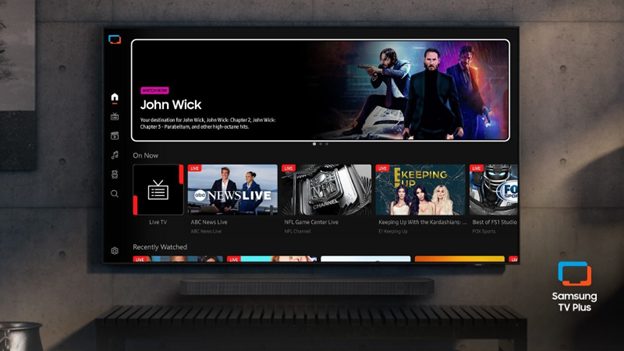New MDS-ITFS band rules to promote deployment of wireless broadband
The FCC adopted a plan June 10 to restructure the use of the 2495-2690MHz band, where Multipoint Distribution Service and Instructional Television Fixed Service providers reside through a series of steps intended to promote wireless broadband deployment.
In comments published on the FCC Web site, chairman Michael Powell said that the magnitude of today’s ruling is apparent when one considers that this band is double the spectrum that sparked the WiFi explosion at 2.4GHz and equivalent to the entire spectrum devoted to terrestrial mobile, wireless services. He added that until now, 2.5GHz has failed to emulate the successes experienced by these other bands.
The FCC action was in response to a proposal filed in October 2002 by the Wireless Communications Association International, the National ITFS Association and the Catholic Television Network, seeking changes in rules governing the use of the band. In April 2003, the commission sought comments in a Notice of Proposed Rulemaking on the proposal, which sought to change rules for the band established in 1963.
The FCC’s restructuring of the 2495-2690MHz band includes:
A new band plan that eliminate interleaved MDS and ITFS channels and creates separate band segments for high and low power operations. According to the commission, this approach will reduce the likelihood of interference and promote the development of low-power cellularized broadband service.
Renaming of MDS service to Broadband Radio Service (BRS). The ITFS label for ITFS licenses and operations will be retained.
Expansion of the MDS-ITFS band by 5MHz from below 2500MHz, providing room for MDS Channels 1 and 2 currently located in the 2.1GHz band.
The professional video industry's #1 source for news, trends and product and tech information. Sign up below.
Retention of existing ITFS spectrum rules limiting eligibility for licensing to qualified educational institutions. ITFS licensees may lease spectrum to BRS providers if they comply with educational content requirements.
Grandfathers existing MDS-ITFS leases.
Lifting of all non-statutory eligibility restrictions on BRS spectrum.
Establishment of more simple and flexible rules, including geographic area licensing and the ability to use the technology of their own choosing.
Creation of a mechanism for transition. BRS and ITFS providers will have a three-year period to propose a transition plan for relocating existing facilities of other licensees in the same major economic area to new spectrum assignments in the revised plan.
The commission also seeks comment on alternative transition options for markets where no transition plan is proposed in the initial three-year period.
For more information, please visit: www.fcc.gov.
